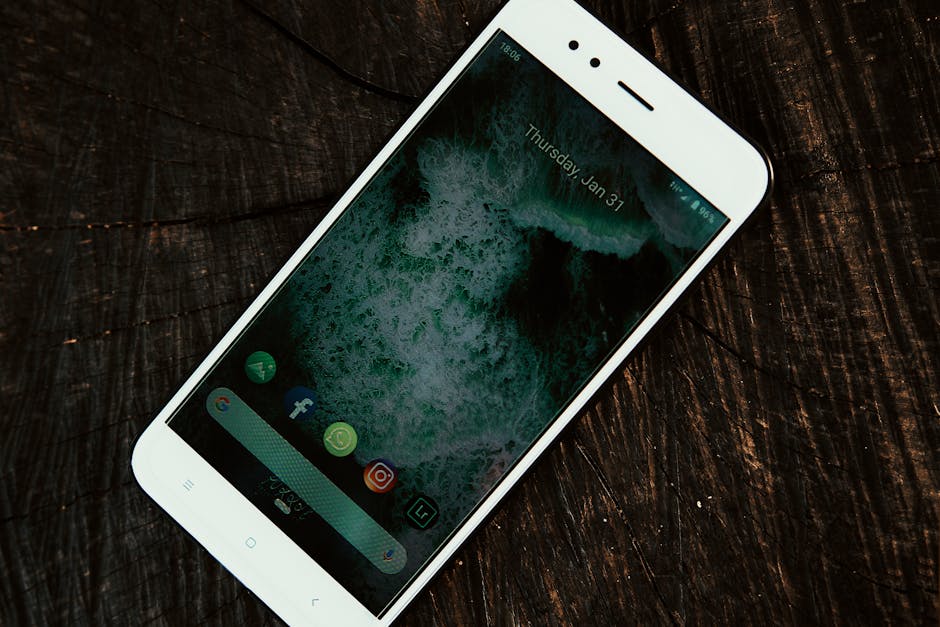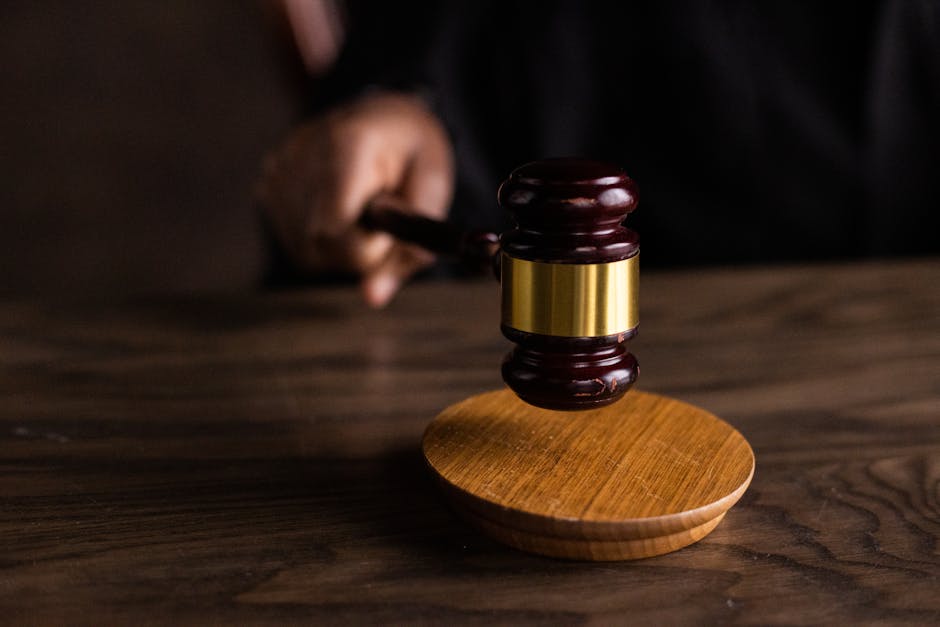The digital landscape for young Australians is about to undergo a seismic shift. In a move that could set a global precedent, Meta has officially announced that starting September 1, 2024, it will begin actively removing Australian users under the age of 16 from its flagship platforms, Instagram and Facebook, who cannot verify their age. This isn’t just a policy update; it’s a direct response to powerful new regulations from Down Under, marking a significant escalation in the battle between Big Tech and governments over child safety online.
Why Is Meta Implementing This Age Restriction in Australia?
For years, the “13 and over” rule on most social media platforms has been little more than a digital honour system—one that teenagers have navigated with a simple, often dishonest, click. That era is coming to a decisive end in Australia. The move is a direct consequence of the country’s landmark Online Safety Act, which has armed the eSafety Commissioner with formidable powers to hold tech giants accountable.
The Australian government has been relentless in its campaign, citing a growing body of evidence linking excessive social media use among young teens to a suite of mental health issues, including anxiety, depression, and body image disorders. Combined with the pervasive threats of cyberbullying and exposure to predatory behaviour, the government’s hardline stance becomes clear. Meta, facing the threat of crippling fines and reputational damage, has chosen to comply.
How Will Meta Verify the Age of Australian Users?
So, how will this work in practice? Meta plans to deploy a multi-pronged approach to age verification. Users flagged as potentially being underage will be prompted to prove their age through one of several methods:
- ID Upload: Submitting a copy of a government-issued ID.
- Video Selfie AI: Using new artificial intelligence tools that estimate a user’s age from a short video.
- Social Vouching: A system where multiple adult users can confirm the age of another user.
However, each method is fraught with challenges. Privacy advocates are wary of handing over sensitive ID data to Meta. AI technology, while improving, is not foolproof and could lock out legitimate users. Furthermore, tech-savvy teens will inevitably seek workarounds, setting the stage for a technological cat-and-mouse game between the platform and its youngest, most determined users.
A Global Precedent? The Ripple Effect Beyond Australia
While this policy is specific to Australia, the tremors are being felt globally. Governments worldwide are grappling with the same issues, and many see Australia‘s move as a crucial test case. For instance, India’s new Digital Personal Data Protection Act (DPDPA) has already laid groundwork by mandating “verifiable parental consent” for processing the data of anyone under 18.
Currently, the Indian law places the onus on companies to seek consent, but the Australian model goes a step further by mandating active removal. If Meta’s Australian rollout is deemed successful—or at least, legally sufficient—it could provide a blueprint for other regulators. It’s not a stretch to imagine other authorities observing closely and considering similar, more stringent age-gating mechanisms in the future.
For now, Meta‘s decision marks a pivotal moment. It’s a reluctant concession that self-regulation has its limits in the face of sovereign law. As Australian teens prepare for a very different digital reality, the world watches to see if this is the beginning of the end for the underage internet.




